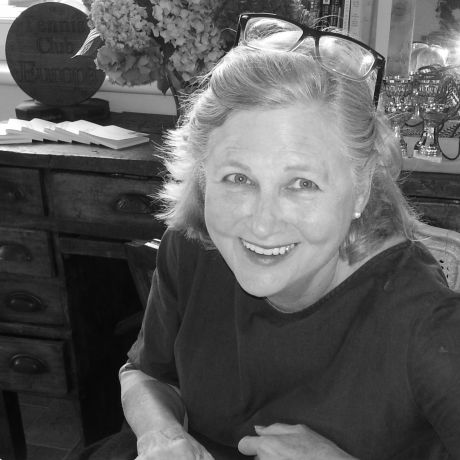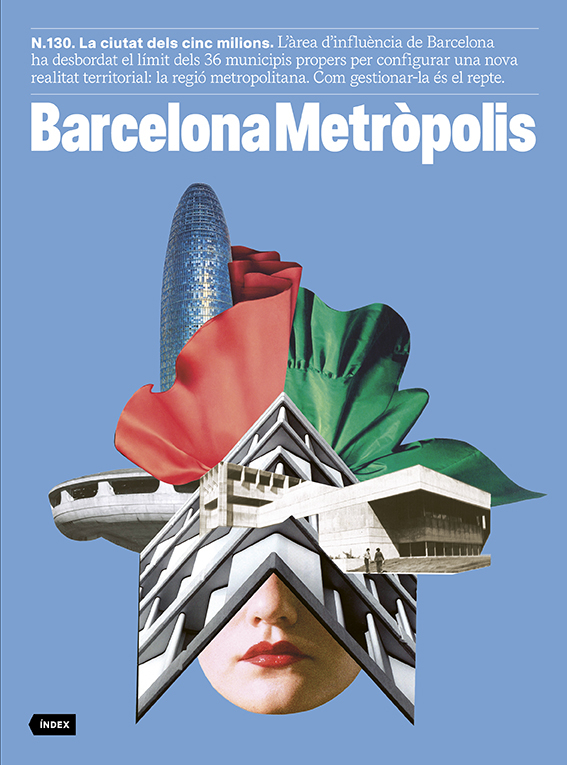The future will be suburban
- Dossier
- Apr 24
- 11 mins
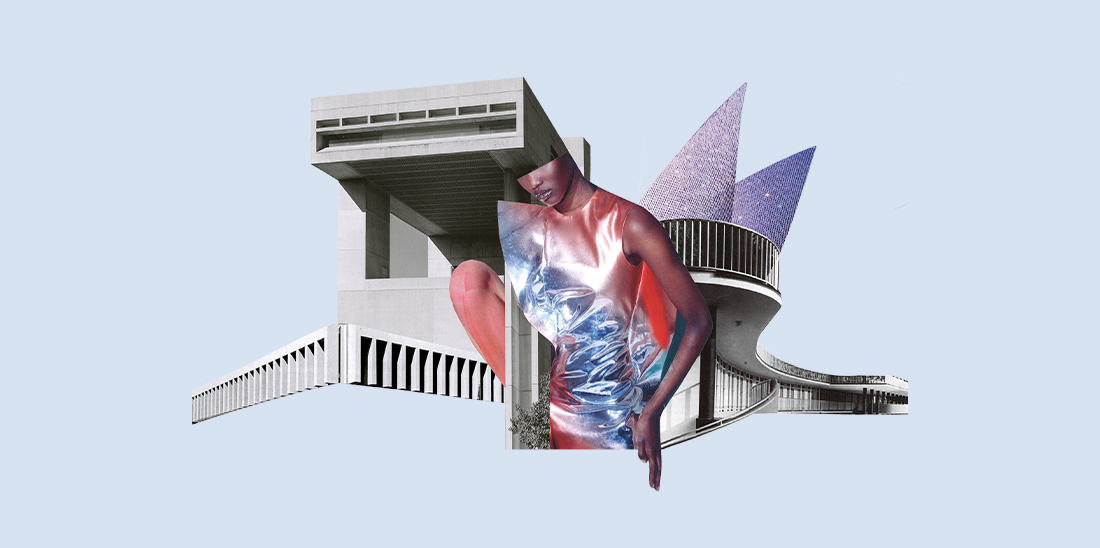
The suburbanisation trend in the United States, a fixture since the conclusion of World War II, once more gained momentum amidst the COVID pandemic, causing a shift in the roles of cities and suburbs. Characteristics traditionally synonymous with urban environments, such as complexity and diversity, have migrated to the suburbs, resulting in their loss of uniformity and a continuous state of flux.
Based on past and current trends, it is likely that suburbanisation will remain the dominant form of urbanisation in the US. While current statistics claims that 55% of Americans live in suburbs, this number almost certainly undercounts the large number of inhabitants of suburb-like areas within metropolitan regions and in unincorporated rural areas.[1] If this is the case, what does the long history of attacks on suburbs in general, suburban housing, the process of suburbanisation and those who live in suburbs mean for the future? And, more importantly, how can we produce new and more productive understandings of the suburban phenomenon? Why do this? First, because the relentless attacks on suburbs have been remarkably unsuccessful in stopping the flow of Americans outward. As census data revealed, the recent Covid pandemic unleashed a dramatic exodus out of the largest cities, leaving them with a notable population decline. Moreover, those who left, usually for surrounding suburbs, were the residents with the highest salaries; that is, those who had the most choice of location.
This movement was only the latest episode of an increase in suburbanisation that has continuously taken place since the end of World War II. In recent decades, urban planners, espousing policies that favoured compact cities, attempted to control extensive growth, but residents continued to vote with their feet. Other indicators, such as the decrease in urban office construction since 2000, underline the diminishing economic importance of urban centres. Today, in many cities, while there has been a partial resurgence in population movement back into cities, the economic activities that were once concentrated in the Central Business District (CBD) continue to wane.[2]
These economic, social and spatial changes suggest that we need to reassess some of our most basic assumptions about the definitions of urban, suburban and rural areas. In many ways, these categories accept 19th-century urban development as normative. This model was encapsulated by the Chicago School’s depiction of concentric circles, illustrating the city centre surrounded by concentric circles of decreasing density, representing urban, followed by suburban residential areas, set within the empty space of the rural hinterland. However, by the end of the 20th century, such distinctions no longer described the American urban condition. Instead, on the east and west coasts, all types of settlements have merged into a megalopolis – a continuous zone of urban development. For example, BosWash, the coastal region that stretches from Maine to the Virginia border, contains a complicated mix of densely built-up areas, less dense areas, some farmland and protected wilderness. Similar conurbations exist in California, such as SoCal, stretching from the Mexican border to Santa Barbara.
The great inversion
In this complex spatial condition, what role do suburbs play? Many contemporary observers suggest that cities and suburbs have exchanged roles; characteristics typically associated with urban areas are now predominately found in suburbs. I have witnessed this happening as a resident of the San Francisco Bay Area. The Bay Area may not be completely representative, but its recent development aligns with national trends. In the 1950s, San Francisco was the primate city in the region, a position it had occupied since the Gold Rush of the mid-19th century. Over the past 50 years, however, its urban economy has been dwarfed by the electronics and computer revolutions taking place in the suburbs to the south. In Palo Alto, Menlo Park, Mountain View and other suburban towns that became known as “Silicon Valley”, continuous innovation produced the most dynamic high-technology district in the world. Legal firms, venture capitalists and banks followed, populating a low-density landscape of office parks, shopping centres and suburban tracts. The emergence of Silicon Valley as a global economic force made it clear that dense high-rise business districts were no longer a prerequisite for economic success. In fact, the headquarters of four out of the five American firms worth over a trillion dollars are located in suburbs.[3]
Suburban job centres also transformed consumption patterns, attracting a wide variety of amenities, including hotels, spas and dining services. Interestingly, there are now more Michelin three-star restaurants on the periphery than in the centre of San Francisco.[4] San Francisco’s recent retail collapse, as malls, department and specialty stores fled the downtown shopping district, is only the dramatic culmination of a decades-long decline.[5] In contrast, upscale suburban shopping malls in the region are thriving, revealing that the widely touted “death of the mall” only applies to poorer areas. At popular malls like the Stanford Shopping Center in Palo Alto or Santa Clara’s Westfield Valley Fair, you can shop at Gucci or Hermès or visit the only Bay Area outlets of popular chains like Eataly or Din Tai Fung. At Santana Row in Santa Clara or Bay Street in Emeryville, you can even live an “urban” lifestyle in an apartment above the mall.
Similarly, San Francisco, like many American cities, was once a famously diverse place, a melting pot that attracted immigrants from around the country and world. Its varied neighbourhoods accommodated both rich and poor, including many ethnic minorities. In contrast, the suburban areas to its north, south and east were primarily white. However, by 2020, it was clear that the situation had reversed. The classic image of the post-World War II American metropolis – diverse cities surrounded by white suburbs – has been inverted. The black population of San Francisco, which was 13% fifty years ago, now hovers at 5%, the result of “black flight” to distant Contra Costa County suburbs.
New immigrants increasingly chose to move directly to the suburbs, avoiding crowded Chinatowns and ethnic enclaves. The most diverse place in the Bay Area is the suburban town of Fremont, home to 134 different nationalities, including the largest Afghan community outside of Afghanistan. Diversity continues to spread outwards; the most recent ethnic cluster is in the Tri-Valley area, 40 miles from San Francisco. Nearby corporate employment has drawn the highest concentration of Indian-Americans in the nation. As suburbs diversified, new residents brought their cultures with them. A wide range of ethnic restaurants, supermarkets, places of worship and holidays became features of suburban life. The Asian supermarket chain, 99 Ranch, started by a Taiwanese immigrant, is now a suburban staple all over California. Not only immigrants but also members of cultural and sexual subcultures, who once found refuge in urban neighbourhoods, are now opting for suburbs. A recent newscast featured a gay senior couple who rejected the iconic SF “gayborhood” of the Castro district in favour of the Rossmore retirement community in the suburban Walnut Creek, finding it more tolerant and welcoming.[6]
Although suburbs have often been characterized by sameness, in fact, their defining characteristic may actually be difference.
Rethinking the suburb
Recognising this changed situation means reassessing previous judgements of the suburbs. Although suburbs have often been characterized by sameness, in fact, their defining characteristic may actually be difference. In the familiar binary of urban and rural, the nature of each category is clear: cities are dense, with tall buildings and identifiable centres, while rural areas are lightly populated and agricultural. Since suburbs exist at many stages in between these two poles, this allows for an almost infinite number of variations. These differences have been enabled by the structure of American governance, which allows suburban areas to incorporate themselves as independent towns rather than being annexed or absorbed by larger cities. This process has produced enormous disparities in size, location, demographics, history and physical form. The San Francisco Bay Area confirms this. Its suburbs can be rich or poor. Atherton is the richest town in the entire country, while other places such as Bay Point have significant poverty rates. They can be near or far from the city. The most distant Bay Area suburbs stretch 70 miles inland from San Francisco, in the agricultural Central Valley. They can be enormous or tiny. In the Bay Area, sizes range from Fremont at 90 square miles to Belvedere, less than a single square mile.
Moreover, suburbs are constantly changing. Some suburbs remain primarily white, while others are predominately Latino, Asian, Black and a mix of many others. And these demographics can easily shift. The initial impulse behind suburban incorporation was to avoid the uncontrollable changes that continually remake American urban neighbourhoods by using zoning and restrictions. But this strategy has only been successful in a handful of elite suburbs that have managed to retain their original form. And even there, an intact physical form can mask significant social and cultural transformation. In San Marino, Los Angeles’ richest suburb, wealthy white residents are being replaced by wealthy Asians. Most suburbs have undergone significant change, often in contradictory and sometimes paradoxical ways. In post-war housing tracts, whose identical rows of cookie-cutter houses epitomised mass-produced monotony, an extensive culture of remodelling has rendered the original houses almost completely unrecognisable. Change can also be partial. In once sleepy towns in Contra Costa County, corporate centres now bring thousands to work there, while their leafy residential streets remain largely untouched.
The multiplicity and diversity of suburbs may be one reason that they have been so misunderstood. Often, commentators mistake a part for the whole. Thus, historians looking at 19th-century suburbs focused on upper-middle-class picturesque suburbs, ignoring the numerous settlements that grew around suburban industries and the large number of self-constructed suburbs. Similarly, the image of Levittown still resonates as a representation of all suburbs, rather than as a unique historical moment, engendered by the post-war housing shortage and the highest rate of family formation in American history. The actual problem is that the reality of suburbs is too varied and complex to sum up in these singular images. Suburbs have also functioned as societal Rorschach tests on which larger issues are projected. In the 1950s, new tracts of identical houses became emblematic of larger concerns about conformity, famously expressed in the Malvina Reynolds song, Little Boxes. Similarly, in the 1980s, McMansions served as convenient targets, exemplifying corporate greed and tasteless excess. Today, suburbs are generically cast as environmental villains, although, in fact, decades of scholarship remain equivocal on whether “sprawl” or compact cities are more environmentally sustainable.[7]
Suburbs will continue to grow, but their complexity makes it difficult to offer easy answers to the question of how they will grow.
Redesigning the suburb
Suburbs will continue to grow, but the question of how they will grow remains unanswered. Their complexity makes it difficult to offer easy answers for suburban planning and design. Unlike cities, suburban spaces have only recently attracted the attention of architects, urban designers, landscape architects, artists and environmentalists. New Urbanists and their allies, Suburban Retrofitters, are among the few who have attempted to rethink suburban places. However, their projects offer generic solutions that remain stubbornly attached to earlier images of small-town Main Streets. Unlike city space, which is built-out and highly constrained, suburban space offers far more flexible options. Homeowners are already adding invisible density by reconfiguring their single-family houses and lots into multi-unit accommodations. Accessory Dwelling Units (ADU) can be easily fitted into large houses, garages, basements and backyards to accommodate many different social circumstances, multi-generational families, income-producing renters or even co-living.
The large amounts of both private and public open space can be reworked in response to ecological imperatives and solutions. Permeable pavement, retention ponds and other natural methods of treating water can use roads and parking lots to control floods and droughts. Yards can host crops or forests. Rewilding can restore biodiversity and repair landscapes. Suburban dwellers have always employed their houses for economic purposes, from garage sales to home offices to home-based businesses. Given recent trends in remote work, the boundaries between work and home, residential and commercial, can be expected to break down even further. Finally, mobility is dramatically changing. Micromobility – electric scooters, skateboards and bicycles – expands access without driving. Electric vehicles of all kinds and the potential of driverless cars can not only reduce emissions and greenhouse gasses but even provide energy.
These changes are not wishful thinking but actual practices currently underway in suburbs across America. As they expand, suburban spaces have the potential to foster a new kind of urbanism. No longer subordinate to the forms and ideals of urban centres, they can build on the realities of decentralised social and spatial forms. Enabling these changes will require political action, government support and regulatory reform. But the biggest obstacle to suburban transformation is our lingering city-centric framework. If we can expand our understanding of urbanism to include extensive low-density settlement, we can start imagining new and highly diverse spaces based on local pragmatism and invention. This will produce not a new urbanism but many urbanisms.[8]
Originally written for the catalogue of the exhibition “Suburbia: Building the American Dream”, currently on display at the Centre de Cultura Contemporània de Barcelona (CCCB) until 8 September 2024.
[1]Fifty-five per cent in suburbs vs. 31% in cities and 14% in rural areas. “Demographic and economic trends in urban, suburban and rural communities”. Pew Research Center, 2018. via.bcn/JcAA50Qvo1z. Open in a new window
[2]Frey, W. “Big cities are showing signs of recovery after historic population losses, new census data shows”. Brookings, 2023. via.bcn/rvAL50Qvo5Q. Open in a new window
[3]Microsoft, Amazon, Facebook and Google.
[4]The Michelin Guide to California, 510. Michelin Travel Partner, Nanterre, 2019.
[5]Graff, A. “Remembering when a visit to SF’s Union Square ‘was a special treat’”. SFGATE, 2023. via.bcn/bFv650Qvoaw
[7 Just to name a few:
Neuman, M. “The Compact City Fallacy”. Journal of Planning Education and Research, 25:11-26. 2005.
Bouwman, M. E. “Changing Mobility Patterns in a Compact City: Environmental Impacts”. Compact Cities and Sustainable Urban Development: A Critical Assessment of Policies and Plans from an International Perspective, edited by G. de Roo and D. Miller. Ashgate, Aldershot (UK), 2000.
Gordon, P. and Richardson, H. “Are Compact Cities a Desirable Planning Goal?”. Journal of the American Planning Association, 63(1), 95-106. 1997.
Gugger, H. and Kerschbaumer, G. “The Compact City: Sustainable or Just Sustaining the Economy?”. Holcim Forum, The Economic Performance of Sustainable Construction, 147-189. 2020
[8]Wall, A. “Sprawl is Dead: Long Live the Low-Intensity City.” Infinite Suburbia, edited by A. Berger, J. Kotkin and C. Barderas Guzman. Princeton Architectural Press, New York, 2017.
Recommended publications
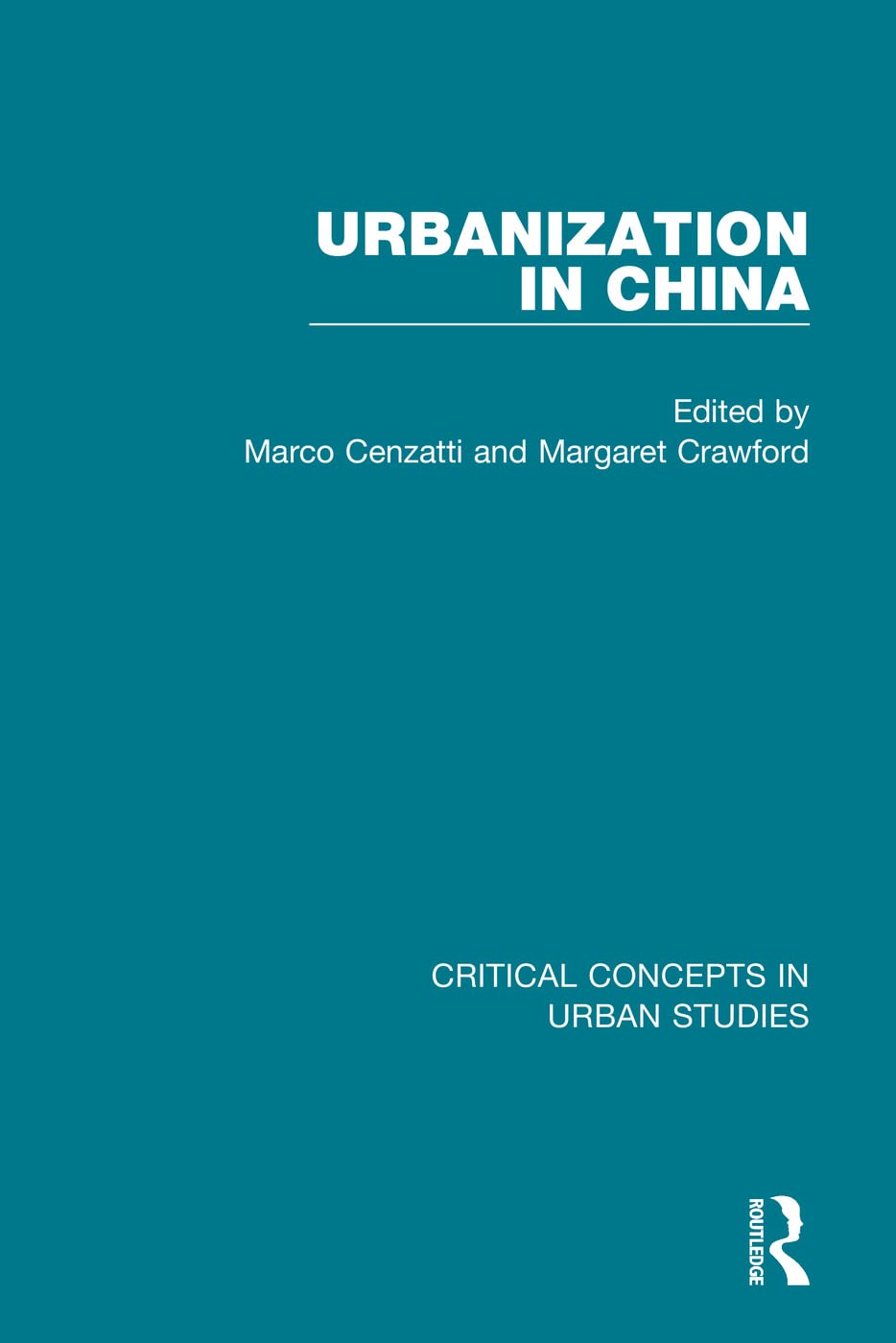 Urbanization in China (Critical Concepts in Urban Studies)Marco Cenzatti and Margaret Crawford (editors) Routledge, 2017
Urbanization in China (Critical Concepts in Urban Studies)Marco Cenzatti and Margaret Crawford (editors) Routledge, 2017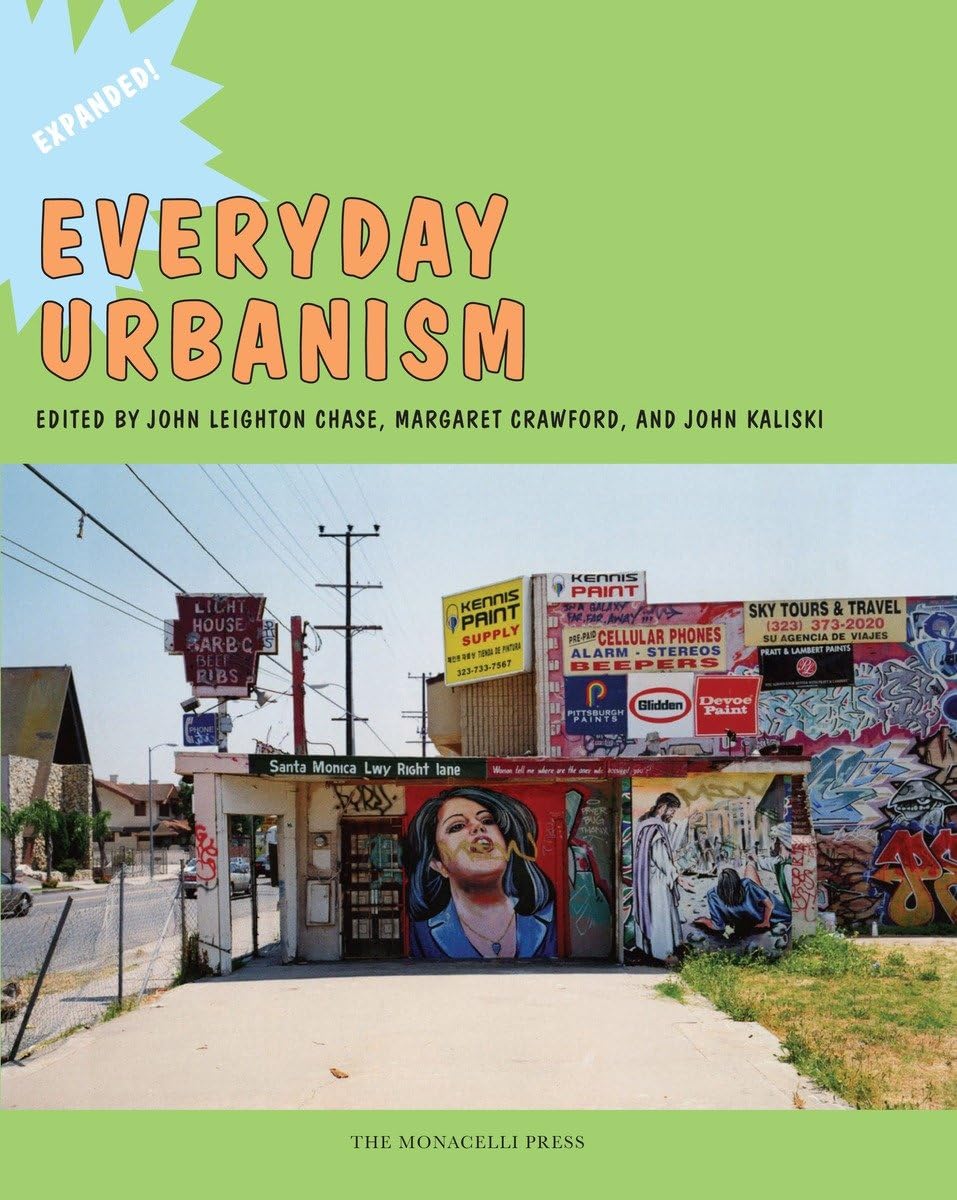 Everyday UrbanismJohn Leighton Chase, Margaret Crawford and John Kaliski (editors) The Monacelli Press, 2008
Everyday UrbanismJohn Leighton Chase, Margaret Crawford and John Kaliski (editors) The Monacelli Press, 2008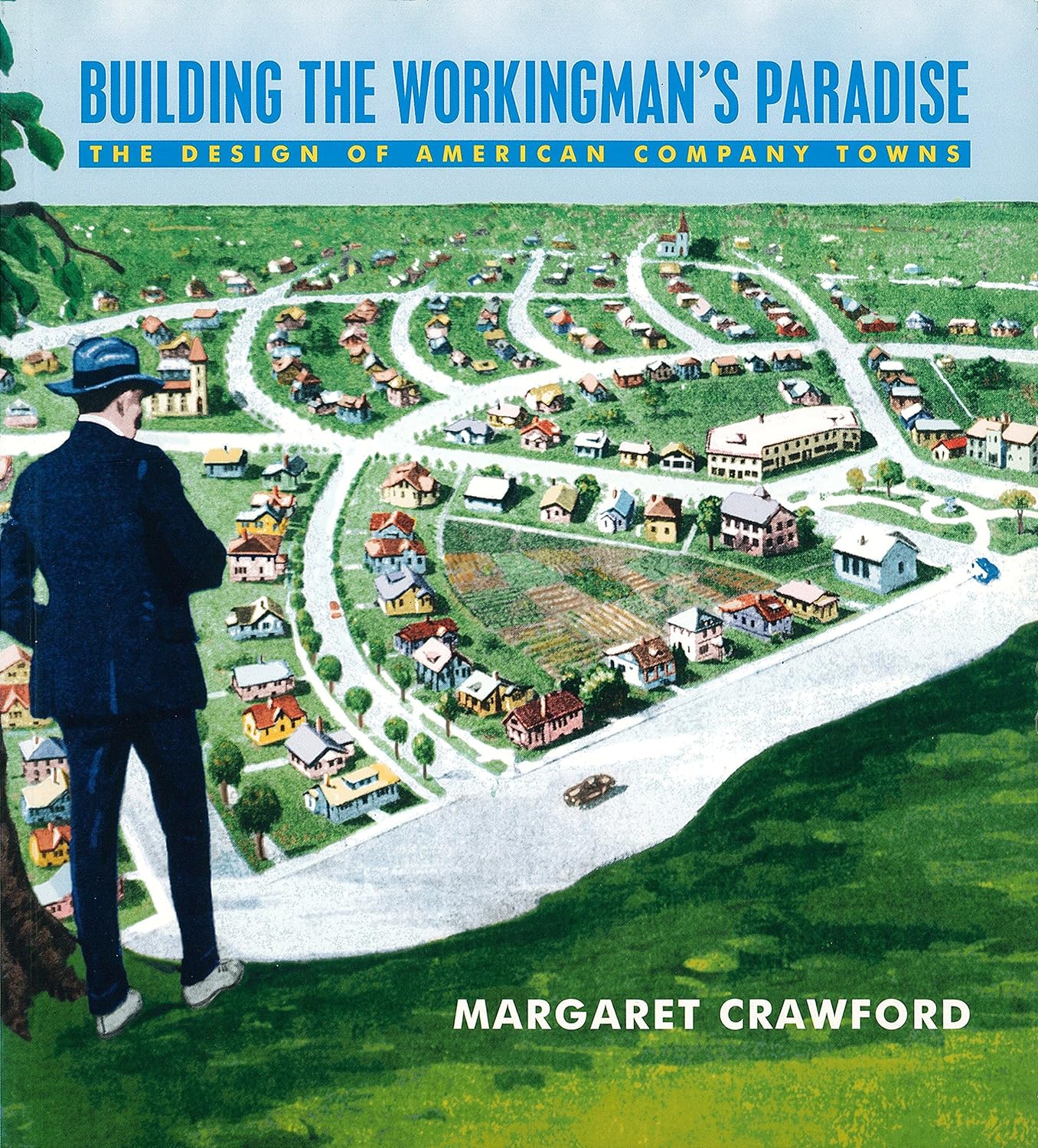 Building the Workingman’s Paradise: The History of American Company Towns Verso Books, 1996
Building the Workingman’s Paradise: The History of American Company Towns Verso Books, 1996
The newsletter
Subscribe to our newsletter to keep up to date with Barcelona Metròpolis' new developments



